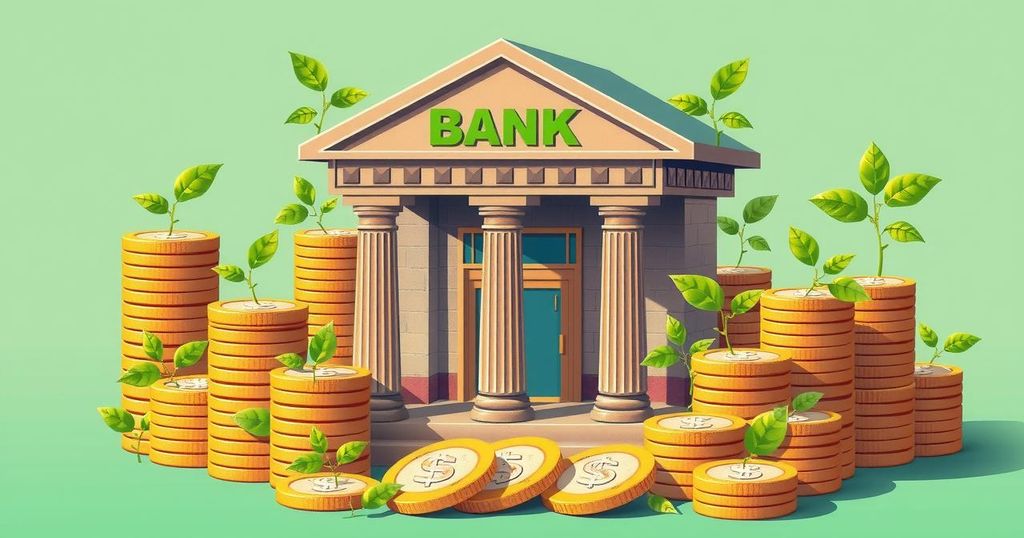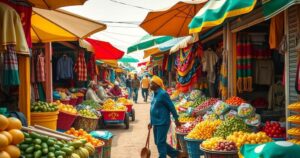Ghana’s Economic Growth Hindered by Ineffective Debt Management, Says Prof Quartey

Professor Peter Quartey asserts that Ghana’s heavy borrowing has not led to expected investments or economic growth, as funds are misallocated toward salaries and interest payments. He advocates for a 60 percent debt ceiling, improved project management, and a framework linking loans to productive investments to spur growth. He cites significant declines in capital spending and calls for careful project selection aligned with national development objectives.
Professor Peter Quartey, an esteemed economist and Director of the Institute of Statistical, Social and Economic Research (ISSER) at the University of Ghana, has asserted that Ghana’s significant borrowing over the last twenty years has not translated into anticipated levels of investment and economic growth. He emphasized that much of the borrowed funds have been allocated to salaries and interest payments on loans instead of to sectors that stimulate productivity.
During his inaugural lecture as a Fellow at the Ghana Academy of Arts and Sciences, Professor Quartey urged the need for the establishment of a 60 percent debt ceiling. He advocated for a robust framework to align loans with investment opportunities to enhance economic returns and improve the quality of life for the citizens.
He presented empirical evidence indicating that public investment has minimal long-term effects on growth, primarily due to poor project appraisal and management practices. The economist highlighted that Ghana’s debt escalated from 42.9 percent in 2013 to 82.9 percent in 2023, followed by a projected decline to 61.8 percent by the end of 2024 due to the ongoing debt restructuring efforts.
Notably, capital spending experienced a significant decline from 6.9 percent of the Gross Domestic Product (GDP) in 2010 to just 2.4 percent in 2023, with a slight increase expected in 2024. This capital expenditure is crucial for public infrastructure projects, such as roads and bridges, that serve to enhance economic growth, job creation, productivity, and competitiveness.
Professor Quartey attributed the contrast between high debt levels and low investment to inadequate project selection and monitoring frameworks. He referred to various instances where substantial borrowing yielded negligible returns on investment. For example, despite US$12 million allocated for the Pwalugu multi-purpose Dam project, little progress has been made over the past six years.
He criticized the laxity in project approval processes, especially for significant initiatives, resulting in delays and suboptimal execution. Furthermore, he identified inefficiencies in fund utilization due to inadequate procurement practices and the absence of a competent monitoring and evaluation framework for completed projects.
Professor Quartey highlighted the urgency for developing a framework that aligns debt with strategic investments, advocating for the careful selection of capital projects rooted in national development objectives rather than political agendas. He stressed the need to consider the medium-term vision before undertaking new initiatives.
In conclusion, Professor Quartey’s analysis underscores the pressing issues surrounding Ghana’s borrowing practices and their implications on investment and economic growth. He emphasizes a need for strategic allocation of resources towards productive sectors, enhanced project management, and a legislative framework that guides borrowing. The call for a robust debt management strategy is critical for establishing a sustainable economic future in Ghana.
Original Source: www.myjoyonline.com








